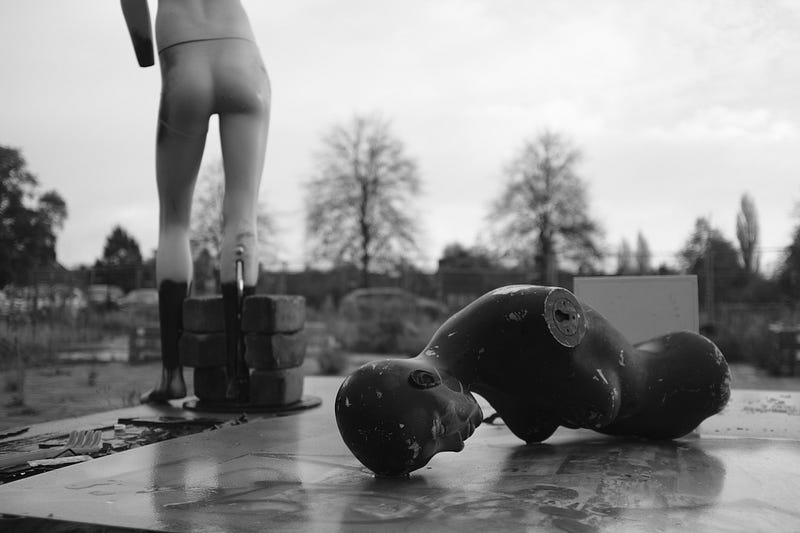Understanding the Benefits of Proning for ICU Patients
Written on
Chapter 1: The Role of Proning in ICU Care
Many patients in intensive care units (ICUs) are receiving an unconventional yet effective treatment: they are placed face down on their beds, a technique known as proning. This method has proven to significantly enhance lung function in critically ill individuals.
The lungs, as intricate organs, are the main site for gas exchange in the body, adapting to various internal and external conditions to optimize oxygen uptake and carbon dioxide expulsion.
Section 1.1: The Mechanics of Breathing
When inhaling, air travels through the airways into tiny sacs called alveoli. On the other side of a thin membrane, red blood cells await to absorb the oxygen. The blood vessels surrounding the alveoli adjust their size based on the body’s needs, lung position, and overall health to enhance gas exchange through a coordinated effort of hormones and nerve signals. In just one breath, the lungs enrich the blood with oxygen, ensuring it reaches all parts of the body to meet metabolic requirements.
#### Subsection 1.1.1: Understanding Lung Function and Gravity

The lungs, while delicate, are also influenced by significant forces. They reside within the thoracic cavity but are not directly anchored to any surrounding structures other than the airways and blood vessels. When a person breathes in, the muscles that expand the thoracic cavity, such as the diaphragm and other rib muscles, pull the chest wall away from the lungs.
This creates a pressure difference between the pleural cavity and the alveoli, causing the lung tissue to expand and fill with air.

Section 1.2: The Impact of Gravity on Lung Health
The weight of the lungs, primarily due to the blood circulating through them, is affected by gravity. In an upright position, gravity causes the lungs to be pressed down against the diaphragm. Blood circulation in the lungs also reacts to gravitational forces, leading to pooling in the lower regions, which can affect ventilation.
When lying supine (on the back), blood tends to accumulate towards the back of the thoracic cavity, while in the prone position, it gathers more toward the front, albeit to a lesser degree. Additionally, the heart's position can create uneven pressure on the lungs, particularly in the supine position, where it may compress lung tissue.
Chapter 2: The Benefits of Proning
Proning redistributes gravitational effects on patients who are usually positioned on their backs. This shift alleviates pressure on the lung tissue, allowing for better air and gas exchange. For those suffering from severe respiratory conditions like pneumonia or acute respiratory distress syndrome (ARDS), remaining in a supine position can exacerbate their issues.
By lying face down, the heart's weight shifts, relieving pressure on lung tissue in the thoracic cavity's back, enhancing lung capacity and oxygen saturation for some patients with ARDS.
Prone Positioning for Acute Respiratory Distress Syndrome (ARDS): This video explains how proning can significantly improve respiratory conditions in ICU patients.
However, prolonged proning is not without its challenges. It can hinder communication, physical examinations, and medication administration, making it uncomfortable for patients to remain face down for extended periods. Consequently, hospitals often rotate patients between proning and supine positions to optimize lung function.
Prone Positioning in Severe Acute Respiratory Distress Syndrome | NEJM: This video discusses the practical applications and benefits of proning in severe respiratory cases.
Proning is a straightforward yet highly effective method that utilizes the body's anatomy and the effects of gravity to enhance breathing in critically ill patients. It is a well-accepted practice that can facilitate recovery from serious respiratory issues.